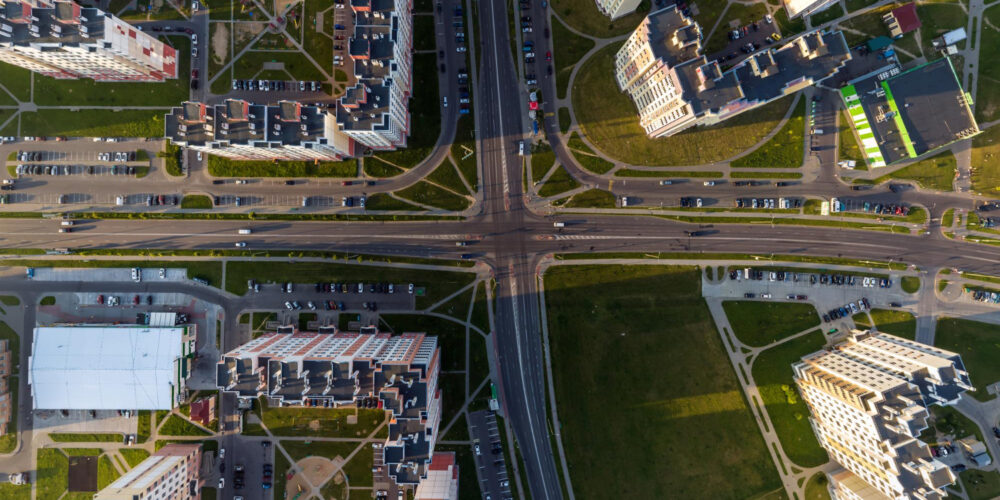A framework of opportunities

Smart cities have become a priority in the development strategies of many countries around the world. It is estimated that in 2025 approximately 10 million people will live in 34 smart cities around the world.
Despite various advantages, smart cities have many national security and cyber concerns. Homes, infrastructure, transportation, communications, government services, as well as commercial and industrial services are controlled by intelligent systems that depend on artificial intelligence and the Internet. If these services are targeted by a successful cyber attack, the consequences in this case would be disastrous for national security and people’s lives.
Many countries have adopted smart city strategies, projecting an image of themselves as countries that keep up with modernization and use the benefits of the AI revolution so that they can attract these innovative minds, a growing trend after the global financial crisis of 2008. As a result, many skilled people moved from cities like Paris, New York and London to other cities that were able to attract them by adopting the new smart model.
This can result in improving the quality of life for individuals by providing original solutions to traditional problems such as pollution problems, traffic congestion and energy waste. Good planning and the incorporation of smart technology into everyday life can help rationalize the use of resources, reduce harmful emissions and control traffic.
Smart initiatives enable people to access government and private services and complete all transactions easily and efficiently. Adopting such initiatives also helps improve strategic services such as education, health care and utilities.
Smart city strategies can help reduce carbon emissions and pollution in general by adopting clean industries and green buildings and depending on clean energy resources such as electricity, solar power, wind power and water power. Pollution reduction can also be achieved by adopting a smart transport system based on either autonomous cars or manual cars that use electricity and solar energy instead of fuel.
The smart city model provides an overall framework for overcoming the problem of traffic congestion by relying on smart technology and technological solutions to provide accurate, instantaneous information about the causes and points of traffic congestion. This is achieved by collecting big data from sensor systems installed on the streets, as well as CCTV and smart traffic lights that operate automatically according to traffic density, giving more time to busier streets.
Smart cities basically depend on electronic systems; citizens have access to both government and private services through smart apps. The fact that no humans are involved limits the possibility of corruption. If someone tried to tamper with the system by trying any illegal activity, technical problems would occur and then it would not be difficult to find the perpetrator.
Advanced communities have certain characteristics that make them attract foreign investment, such as their outstanding urban organization, their smart infrastructure, their well-informed citizens, their use of clean energy, as well as their cosmopolitan culture and their openness to the world. These features not only attract investors but also tourists who would like to see and try the modern technologies used in these cities.
Smart city builders are concerned with the wise management of available resources such as energy, water and natural resources. For example, optimal ways of using space are pursued, by designing buildings and parking lots that can accommodate as many people and cars as possible. They also pay special attention to green areas and spaces that separate buildings from each other, which would help overcome problems such as pollution and overcrowding.


